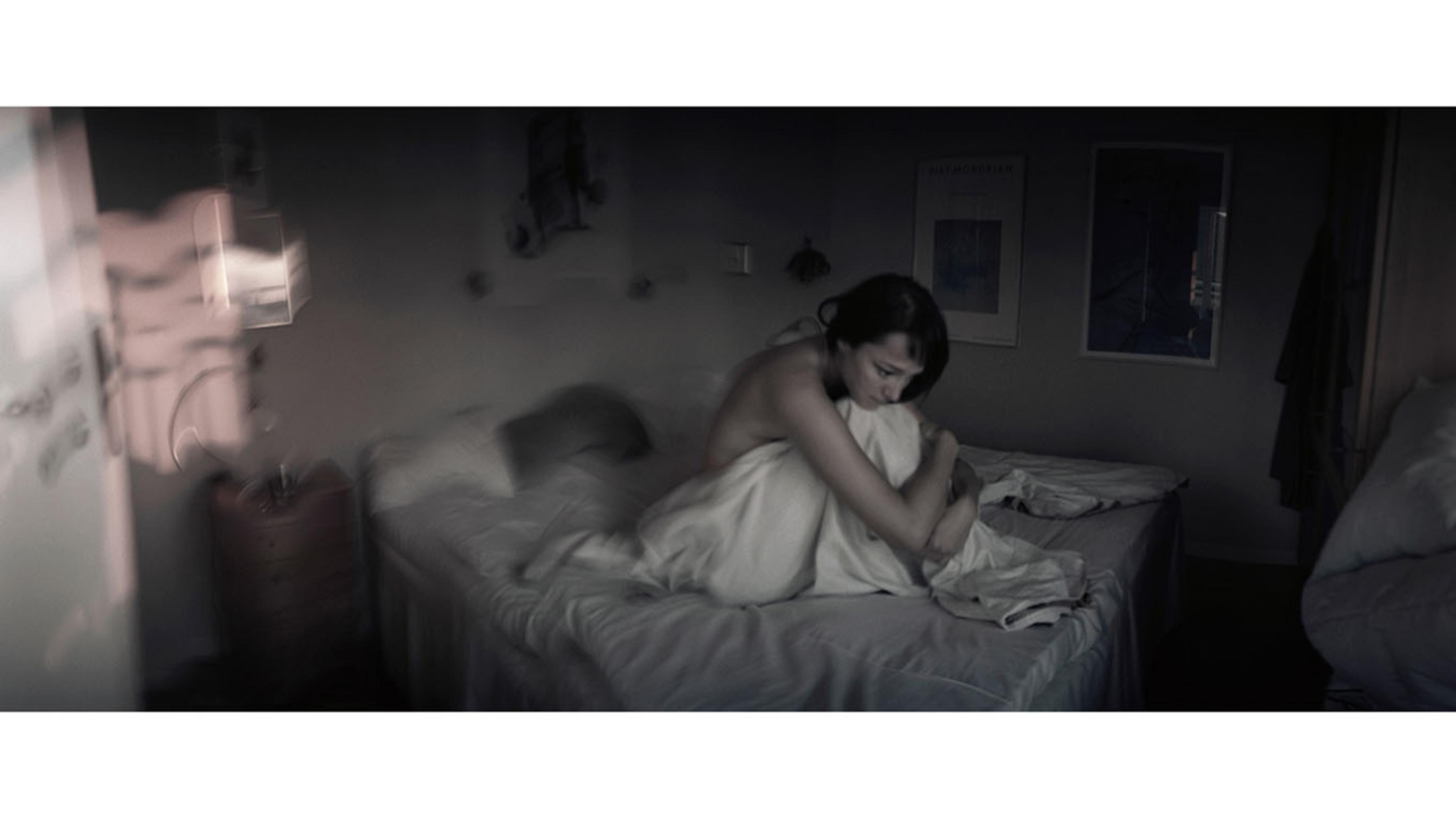Pieter ten Hoopen
Stockholm

A feeling of isolation, as an emotional state, can be present even among friends and loved ones. Pieter ten Hoopen’s Stockholm is an investigation and a narrative about loneliness within the urban environment.
the series is subjective
The series was photographed from 2008–2010, and is divided into public and private spaces. We encounter figures in unidentifiable rooms, as well as on buses and in the underground. ten Hoopen unreservedly acknowledges that the series is subjective, and in many ways, autobiographical, reflecting his own experiences as a foreigner trying to connect in an unknown city. This personal investigation began when ten Hoopen was restricted to Stockholm due to an injury, compelling him to reflect upon his life experiences and his move to the capital.
True to his photojournalistic background, ten Hoopen does not direct his photographs. His working method is intuitive. A chance encounter may lead to interactions with people and places that spark an entire body of work. As a scavenger of images, ten Hoopen seeks refuge in each environment, and attempts to make himself one of its inhabitants. Additionally his portraits are not arranged. He studies the natural body language of his subject, and may, upon observing an interesting gesture, request that the person hold a position. It is in this way that ten Hoopen manages to effectively capture the expressions and emotion that are the hallmark of his work.
Over the years ten Hoopen has developed a unique pictorial language. There is a stillness that envelops his images like a fog. The figures in his photographs seem to be lost in its thickness, as it hinders their movement. It is this implied immobility that is characteristic of ten Hoopen’s reportage. His imagery resides on the border between photojournalism and art. Not surprisingly ten Hoopen has taken to studying chiaroscuro, atmospheric perspective, and compositions of Old Master works, and is particularly influenced by the oeuvre of Rembrandt and other Dutch masters, in additional to the emotional expressionism of works by Egon Schiele.
Pieter ten Hoopen relocated from Holland to Sweden in 1998, and within five years established himself as one of the country’s most renowned photojournalists. He became an internationally recognized name after he was selected for the World Press Photo Masterclass in 2004. His documentary journeys have taken him to Afghanistan, Iraq, and Syria among other places. He was the recipient of the World Press Photo Award for his daily life story about Kitezh in 2008, and twice in 2010 in both the portrait and daily life categories, in addition to winning the Memorial Mario Giacometti Prize in 2009. In conjunction with the exhibition at Fotografiska, we are proud to announce the publication of his book Stockholm.